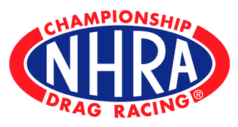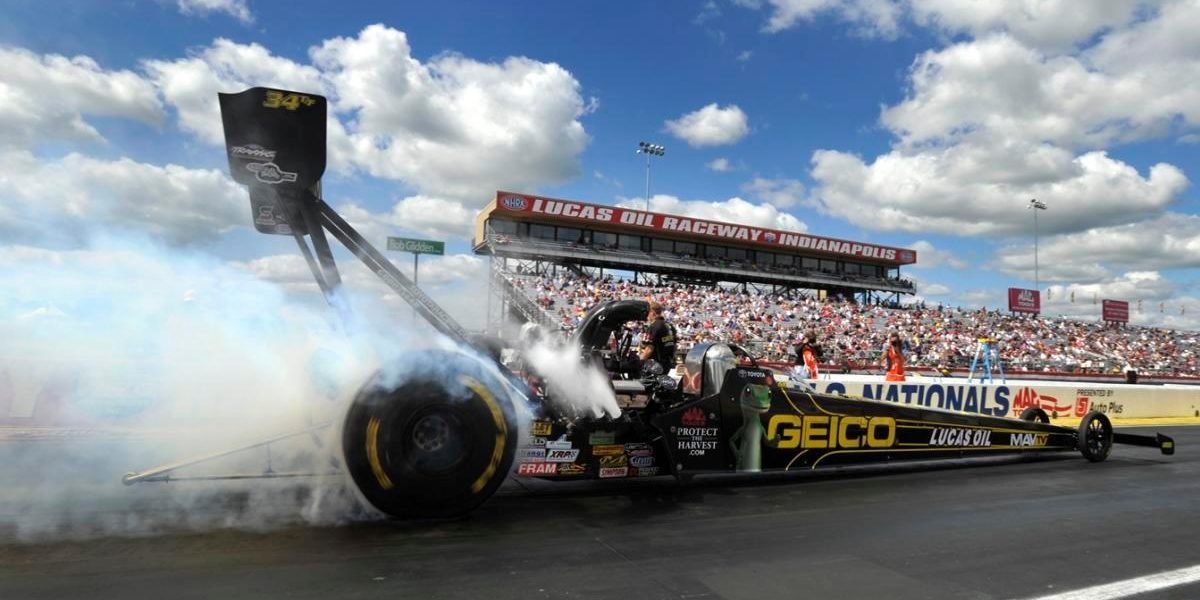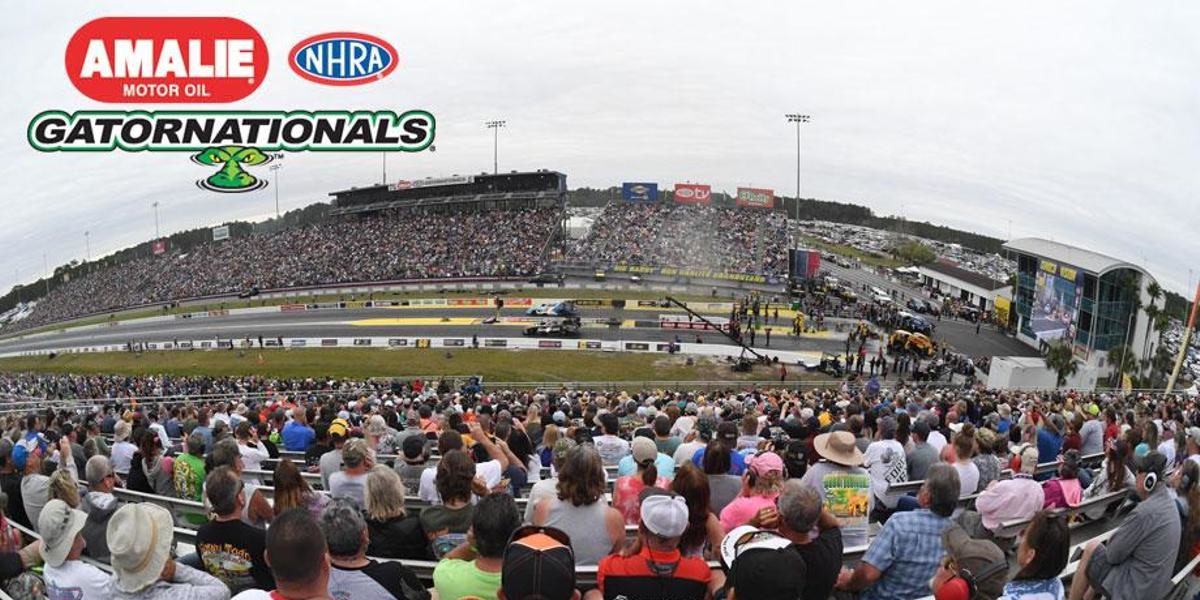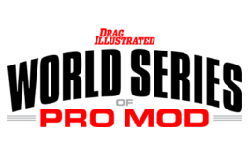An Examination Of Professional Niche Sport Sponsorship : Sponsors’ Objectives And Selection Criteria.
ABSTRACT
NICHE SPORT SPONSORSHIP
Gregory P. Greenhalgh July 29,2010
Sport organizations face tremendous pressure to secure sponsorship support (Copland et aI., 1996). Professional niche sports face even greater pressure as sponsorship support often determines whether an event can even take place (Sutton, 2009). Kuzma et al. (1993) stated the number one principle in selling sponsorships is establishing a close match between sponsor objectives and event characteristics. The purpose of the current study was to investigate the objectives sponsors aim to achieve through niche sport sponsorship as well as understand the selection criteria used to screen niche sport sponsorship opportunities. A survey of 352 sport sponsorship decision-makers, yielding a response rate of 25.3% (N = 89) with 32 usable professional niche sport sponsor responses revealed many interesting findings. Respondents indicated the most important objectives they aim to achieve through niche sport sponsorship include:









